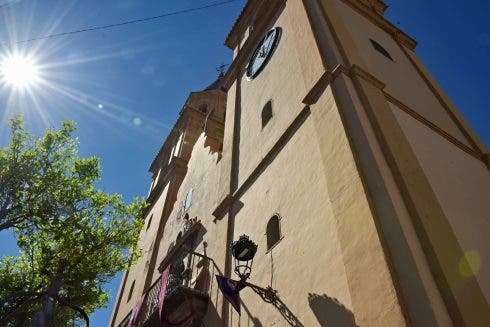‘CRISTO’, or the feria of the Christ of the Expiration of Órgiva, is literally the most banging event on the Alpujarra’s cultural calendar.
Taking place annually, 10 days before Semana Santa and a week before Good Friday, this local feria is famed for its noisy fireworks (‘cohetes’) that are detonated in the town’s main street.
It celebrates the traditional effigy of Christ being taken from his ‘dressing room’ in the 16th century church (Parroquia de Nuestra Señora de la Expectación), and being moved to the altar. He is paraded through town the next day.
The celebration always begins at noon on the Thursday (today), when Christ is moved to the church altar, accompanied by an explosive pyrotechnic display that requires visitors to plug their ears.
Friday sees the main event – the procession with Christ and the Virgin de Augustinas (virgin of sorrows), at 6pm. Two masses occur beforehand, at 9am and 12pm respectively, and there are more explosions. “Bangers all day long!” said one British resident.
If you’re wondering why there are so many explosions, the tradition of the ‘cohetes’ for Cristo lies in the Órgivans (Hueveros) believing that their desires can be expressed through rockets and gunpowder. Or that they can expel demons.
Local author, Sheree Griffin, says: “There’s a tremendous energy and excitement as the statue is removed and carried from the church. When the firecrackers go off, the vibration is felt through the floor. The demons flee.”
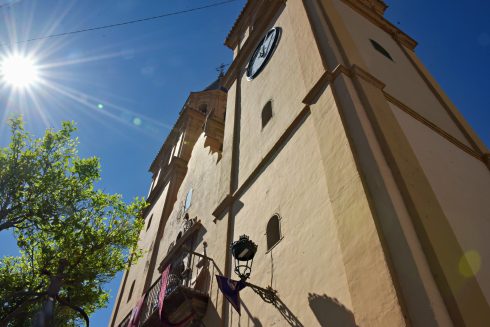
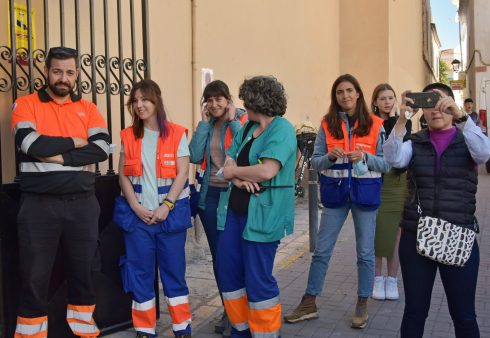
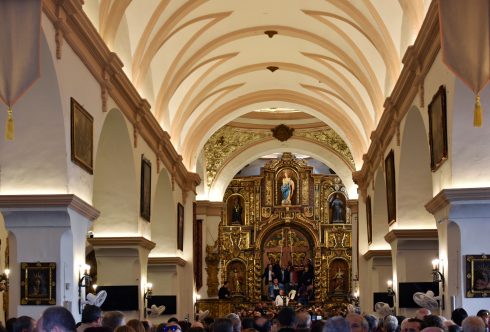
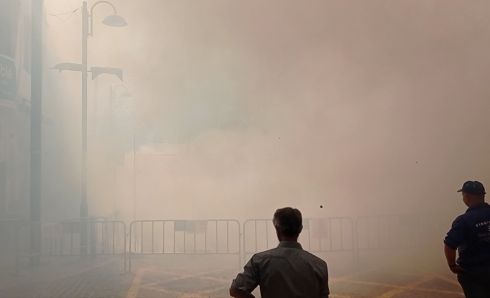
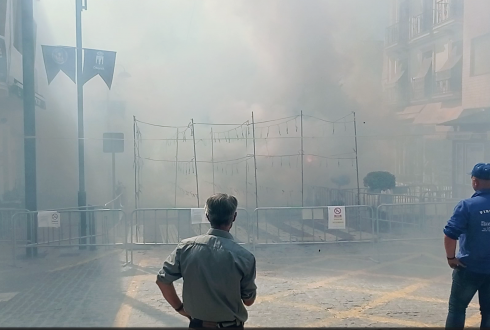
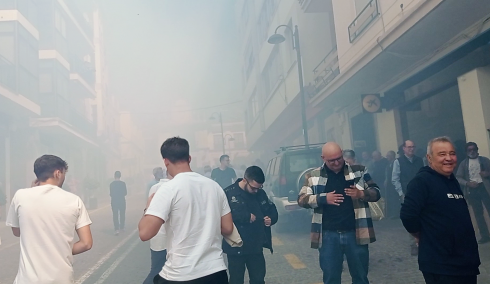
Angel Garcia, from Órgiva town hall, told the Olive Press: “The Christ is a carving from the Andalucian baroque school of Granada, from the school of Pablo de Rojas. It is one of the most important carvings of our cultural heritage. The cross it lies on, from Granada, dates to the end of the 16th century.”
Formerly, the fireworks were funded by the miners, who worked at the nearby Lujar mine, and they also bought Christ’s silver crown.
Órgiva’s main patron saint is Sebastian, who is celebrated at the end of September.
READ MORE

